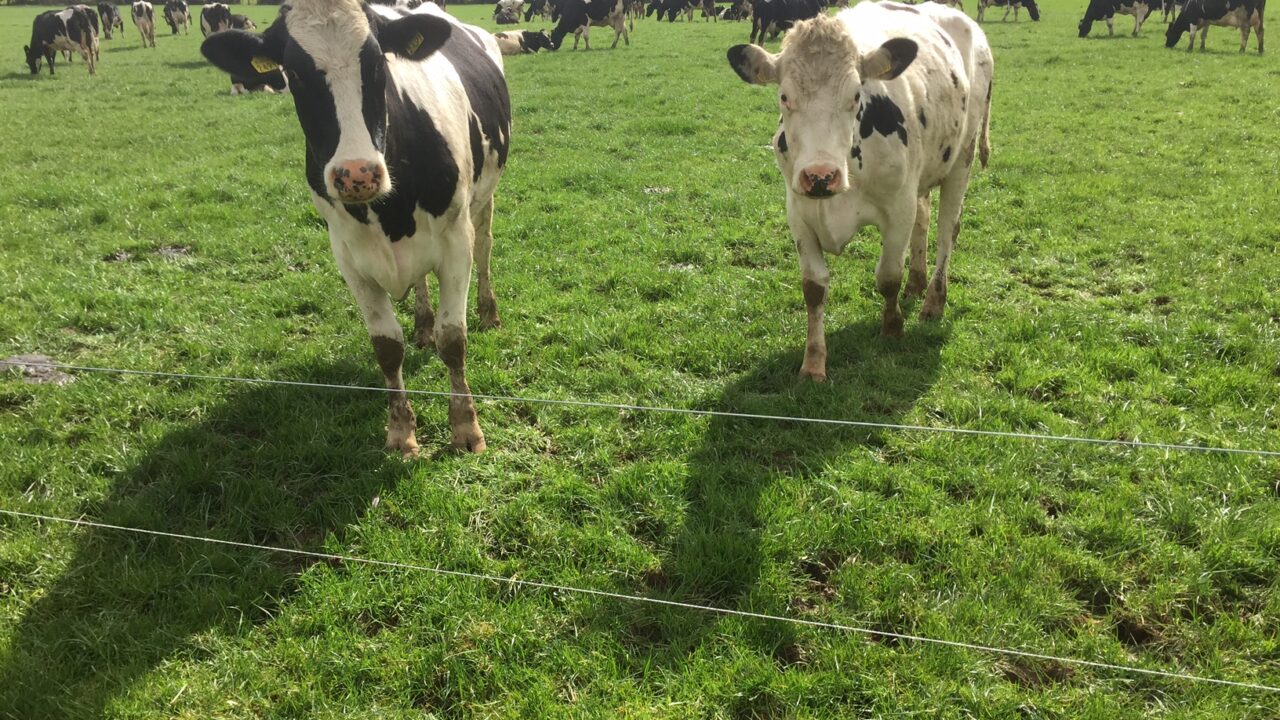Live yeast is a popular feed additive on Irish dairy farms, but how well adapted is it to your cows’ needs and has the yeast in your dairy nut actually survived the pelleting process?
Here, Bryan Buckley of Lallemand Animal Nutrition takes a look at the important factors to consider when assessing the live yeast present in a pelleted dairy nut and the benefits of Levucell SC.
Rumen-specific live yeast strain, Levucell SC, has been selected from over 1,000 yeast strains for its activity in the rumen. Its scientific benefits are robustly documented, regarding its effects and modes of action.
It stands apart as the only live yeast strain for ruminants allowed, by the Centre of Veterinary Medicine of the US Food and Drug Administration (FDA), to make the following important functional claim (in relation to fiber degradation): “It aids in maintaining cellulolytic bacteria population in the rumen of animals fed greater than 50% concentrate”.

Figure 1: Overview of Levucell SC’s documented effects in the rumen (over 100 scientific communications on this yeast strain)
The mode of action of Levucell SC on rumen fiber degrading activities, or the breakdown of fiber, is based on stimulating and encouraging the colonisation of specific rumen bacteria and fungi and promoting substrate access.
A huge portion of the rumen cellulolytic flora prefers an environment absent of oxygen (or an anaerobic environment).
Oxygen scavenging by live yeast in the rumen is therefore an excellent way to improve grass fiber digestion and increase production from grass (Figure 2).

Figure 2: A proposed scheme for the mode of action of Levucell SC on fiber-degrading communities (Chaucheyras- Durand et al., 2016)
Rumen pH is another important parameter in relation to fiber degradation.
By stimulating the lactic acid utilising bacteria, Levucell SC raises and stablises rumen pH, reducing the risk of sub-acute ruminal acidosis (SARA).

Figure 3: Effect of Levucell SC supplementation on daily rumen pH of loose housed dairy cows (Bach et al., 2007, *P<0.05)
Together, stabilisation of rumen pH and improved fiber digestion demonstrate a healthier rumen environment and enhanced microbial mass (fibre digesting bacteria, fungi, etc).
Ultimately this means increased rumen degradable protein (RDP) utilisation for milk solid production and maintenance of body condition.
Surviving the pelleting process with TITAN technology
All Levucell SC supplied to Irish compound feed manufacturers contains a patented micro-encapsulation technology called TITAN.
TITAN protects the live yeast from humidity and steam during the meal conditioning and pelleting process.
TITAN’s unique fatty acid coating works as a thermal insulator from these temperatures and is the most adapted technology available to protect yeast viability. Is the yeast in your dairy nut TITAN protected?

Figure 4: A model illustrating the TITAN encapsulation technology, which is unique to Levucell SC live yeast
Levucell SC is available from your local feed mill or, for more information, please contact Lallemand Animal Nutrition’s Bryan Buckley on: 086-8482466 For more details on Levucell SC click here

